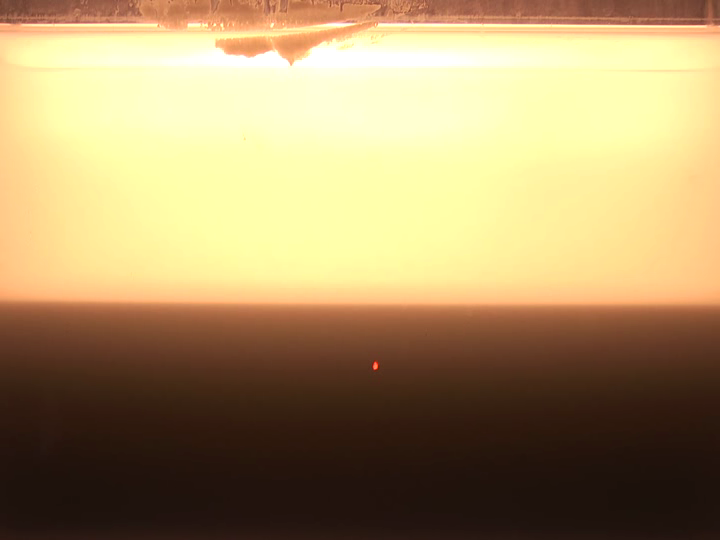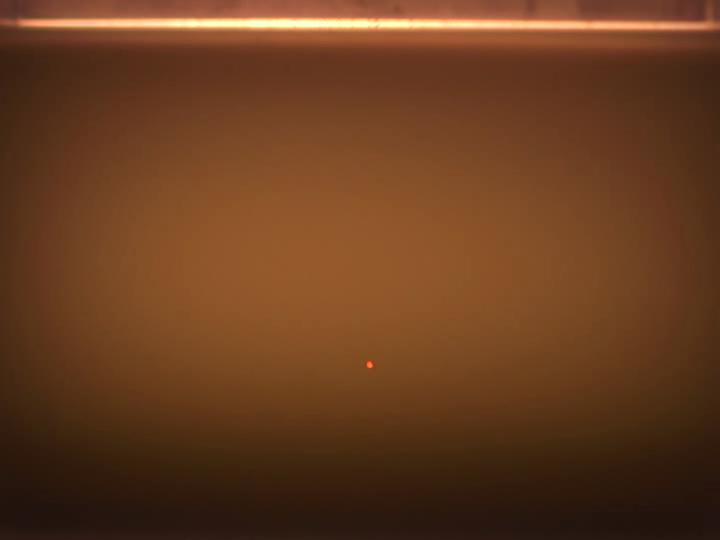
May - August 2011,
Department of Physics, University of Alberta

|
|
Experiments/Research performed by Kai Jaelle Barrett, May - August 2011, Department of Physics, University of Alberta |
Solving the problem of settling rate of clay is more complicated than with other particles, because the structure of clay particles causes the clay to interact in a physical and electrodynamic way. Clay particles have a flat sheet-like shape, where their face is negatively charged and their edges are positively charged. Clay groups together into clumps of particles, called 'flocs', this process is called 'flocculation'. Flocs settle faster than clay particles alone.
In fresh-water the structure of the clay particles forces them to flocculate by stacking like a house of cards, face to edge. When salt is added the positive sodium ions in the saline solution attach to the clay particles and, the clay flocculates more easily.
We seek to examine settling clay from a quantitative perspective, looking at data produced from laboratory experiments to create a viable empirical theory to predict the dynamics of clay settling.
Once the tank is filled with the correct salinity of water, the density is verified, and a predetermined amount of powdered clay is added to the tank and is mechanically mixed to suspend it in the ambient fluid.
A video camera records the descending front as the suspended clay particles settle.
Every experiment explores 2 parameters: salinity, and clay density. The salinity is varied between fresh water (0.998g/cm3) and very salty water (1.05g/cm^3) and the clay density was varied between 15g/L and 50g/L.
Once the experiment is completed the video is converted into a usable format and analysed. The analysis is done by taking a vertical time series. From the vertical time series the slope the settling rate is measured from the descending front.
| video of salt-water case with 30g/clay | video of fresh-water case with 30g/clay |
|---|---|

|

|
|
|
|
|---|---|

|

|
Analysis of our results reveals that settling rate increases as more salt is added to the tank, and decreases as more mass of clay is added. The qualitative difference between the fresh-water and salt-water cases can clearly be seen in the above videos, as they settle on completely different timescales and at different rates. Analysis of these results is ongoing.
Department of Physics, University of Alberta
Dr. Bruce Sutherland, for an excellent and informative summer.
Department of Earth and Atmospheric Sciences